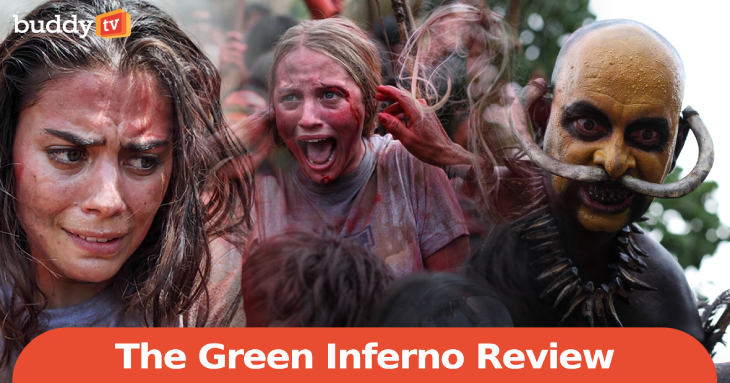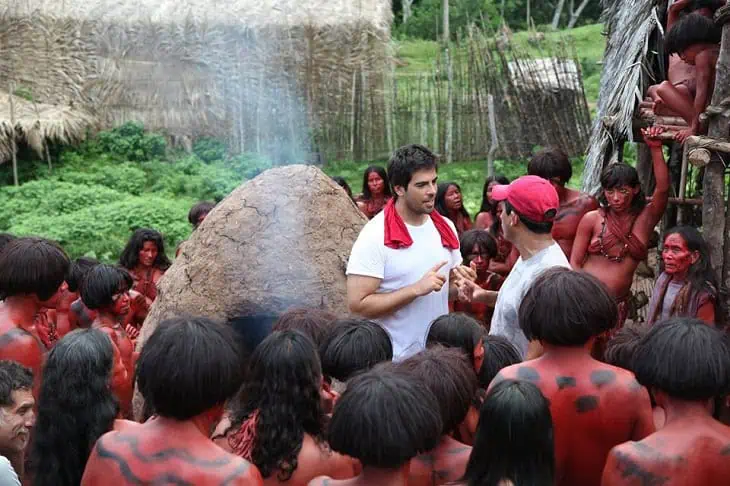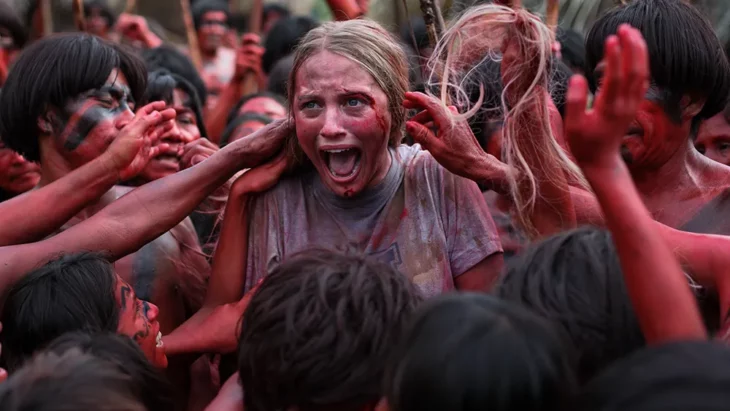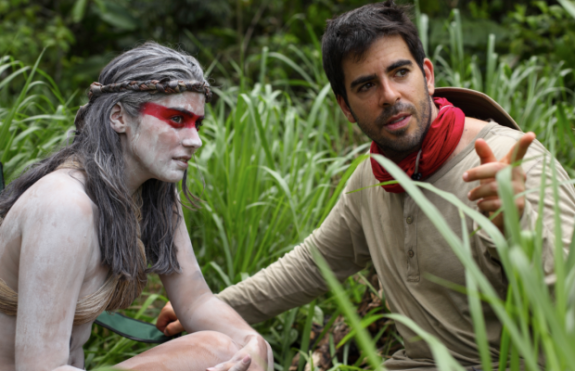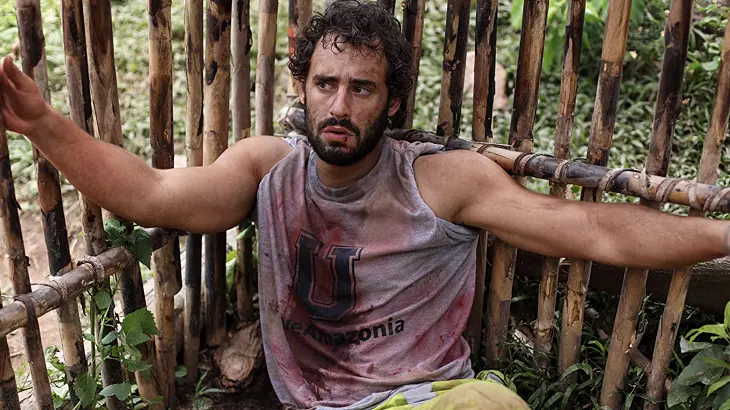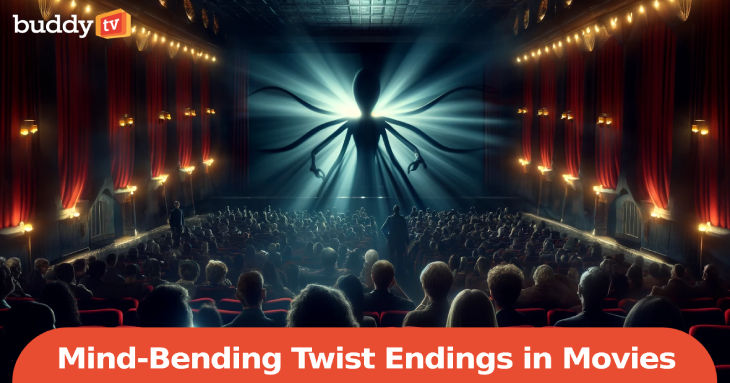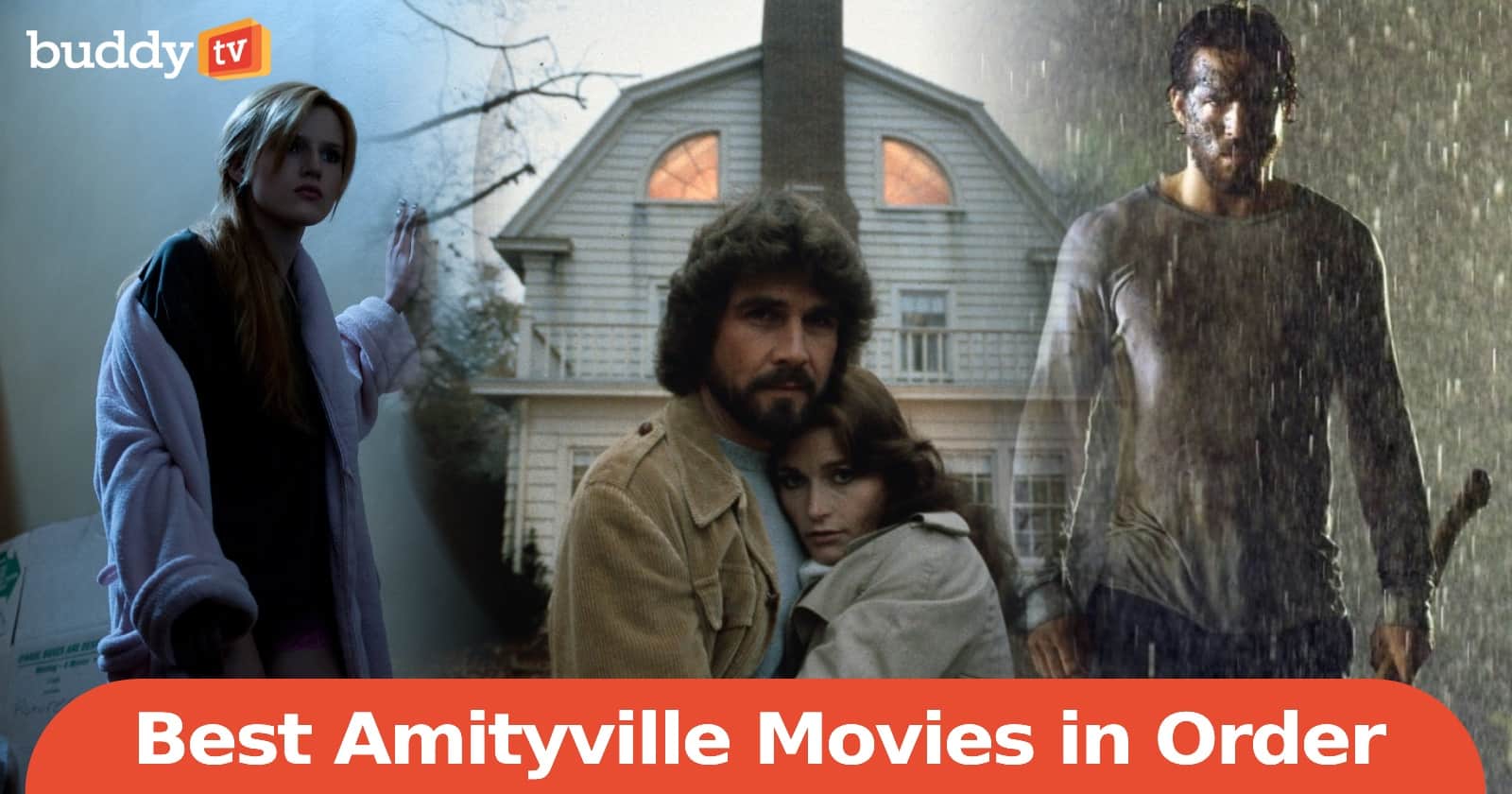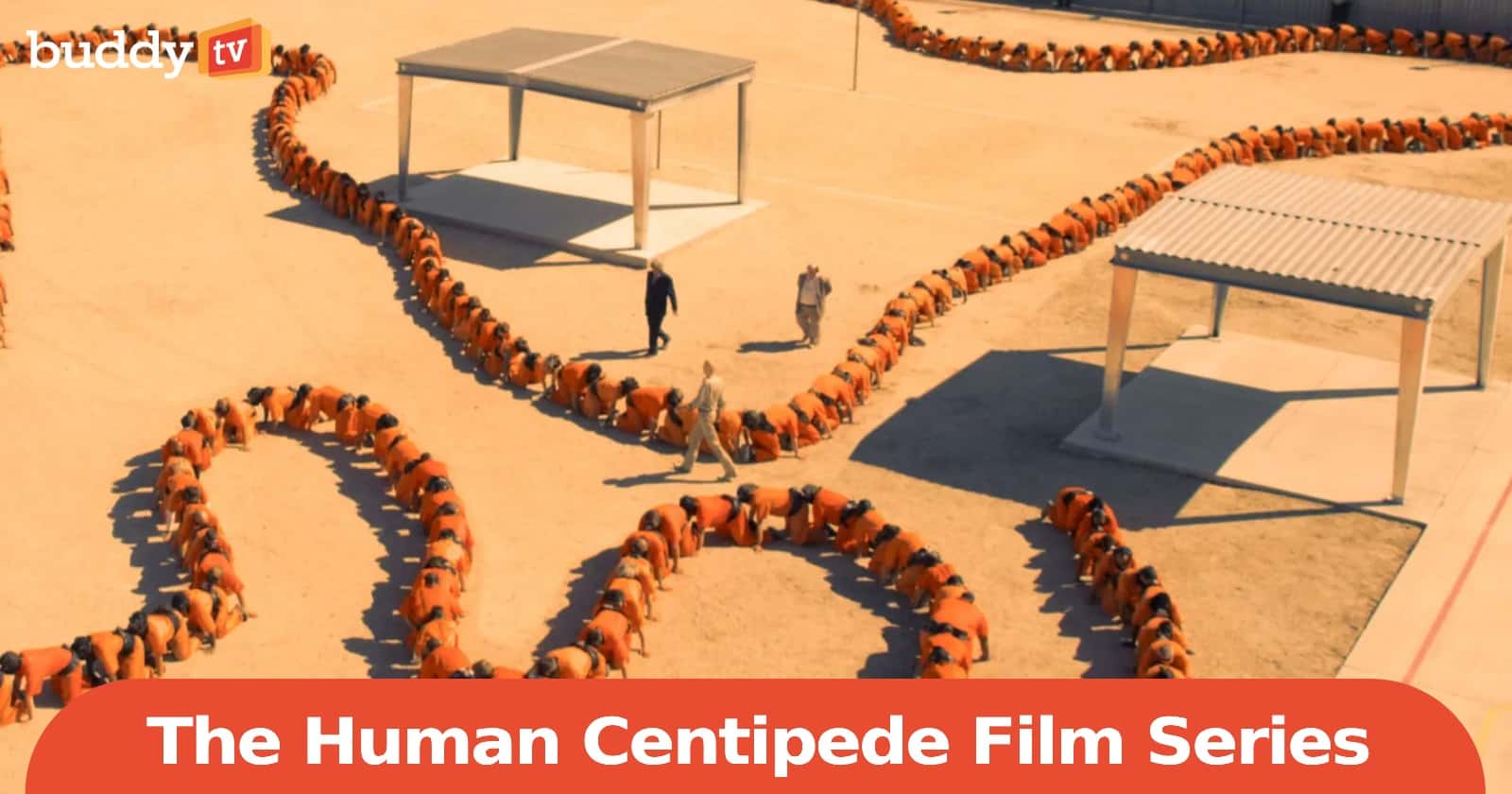Let’s talk about a film that took me on a rollercoaster of emotions and left me with plenty to ponder.
You might have heard of it – “The Green Inferno.” Before you jump to any conclusions, I want to give you a sneak peek into my journey through this controversial horror flick.
Whether you’re a horror enthusiast or just curious about the buzz, you’re in for a ride as I recount my thoughts and feelings about this cinematic adventure.
So, grab your popcorn, get comfy, and dive into the world of “The Green Inferno” together!
Some Context Before We Begin
Before diving into the depths of my experience, let’s provide some context.
“The Green Inferno” is centered around idealistic college students traveling to the Amazon rainforest to thwart illegal deforestation activities.
However, their mission takes a horrific turn when their plane crashes into the jungle. This leaves them stranded and at the mercy of a cannibalistic tribe.
The film’s title, a reference to the nickname given to the Amazon jungle, hints at the impending brutality that the characters and the audience are about to face.
The Controversy Surrounding the Film
“The Green Inferno” was met with mixed reactions from critics and audiences upon its release.
Eli Roth‘s decision to tackle the exploitation subgenre of cannibal films, prevalent in the 1970s and known for their graphic violence and cultural insensitivity, immediately raised eyebrows.
The film’s intent to blend horror with social commentary on activism, cultural appropriation, and the consequences of misguided idealism was both ambitious and risky.
The critical response to the film was diverse, with Roger Ebert’s review describing it as “a real movie with real merit” and praising its audacity. In contrast, The Guardian’s review criticized its gleefully offensive nature.
Rotten Tomatoes displayed a mere 36% approval rating from critics, indicating the polarizing nature of the film.
Personal Perspective – The Unsettling Experience
Watching “The Green Inferno” was indeed an unsettling experience.
The film masterfully creates an atmosphere of tension and fear as the characters find themselves trapped in an environment where they are battling nature and the horrifying reality of the indigenous tribe’s rituals.
The moments of violence are visceral and shocking, emphasizing the raw brutality of the situation.
Eli Roth‘s ability to make the audience squirm in discomfort is undeniable.
The film’s disturbing imagery and graphic scenes of cannibalism force viewers to confront their limits regarding on-screen violence.
While some horror enthusiasts might find this appealing, others, like me, might question the necessity of such extreme depictions in the pursuit of storytelling. Nevertheless, its different that anything I have recently watched, and I think that is the exact reason it so greatly appeals to other viewers!
A Reflection on Themes and Intent
“The Green Inferno” attempts to interweave its grisly horror with broader thematic elements.
It raises questions about the consequences of well-intentioned activism and exploiting indigenous cultures for personal gain.
The students’ misguided attempt to save the rainforest ultimately leads them to become unwilling participants in a horrifying cycle of violence, mirroring the issues they set out to address.
While the film’s social commentary is undoubtedly thought-provoking, it is overshadowed by the excessive gore and shock value Roth employs.
The extremity of the violence can detract from the deeper exploration of these themes, leaving the audience divided between contemplating the film’s messages and recoiling from its graphic content.
The Role of Sensationalism in Horror
“The Green Inferno” raises a larger question about the role of sensationalism in horror cinema.
The exploitation subgenre, of which cannibal films are a part, often trades in shock value and the grotesque to elicit reactions from viewers.
It’s fine between creating a chilling atmosphere and indulging in gratuitous violence.
In the case of “The Green Inferno,” the sensationalism sometimes obscures the film’s potential impact.
While there’s no doubt that horror can be a powerful tool for commentary, the overemphasis on graphic violence might inadvertently undermine the film’s ability to engage audiences on a deeper level.
Balancing Sensation and Message
As the credits rolled, I found myself torn between appreciation and hesitation.
Undoubtedly, “The Green Inferno” has a knack for generating conversation, but I couldn’t help but ponder the balance between sensationalism and meaningful storytelling.
While the film’s audacity to challenge norms is commendable, I wondered if the extreme violence overshadowed its potential impact.
As a lover of thought-provoking cinema, I yearned for a more harmonious fusion of sensation and substance.
‘The Green Inferno’ Through My Eyes
As I wrap up my thoughts on “The Green Inferno,” I can’t help but feel a sense of accomplishment for braving this cinematic odyssey.
Navigating the twisted paths of horror and social commentary, this film challenged my perceptions and left an indelible mark on my movie-watching journey.
Clearly, “The Green Inferno” is more than just a movie; it’s a conversation starter, a thought-provoker, and a canvas for discussions about the limits of artistic expression.
So, if you’re up for a thought-provoking adventure that transcends the confines of a typical horror film, I encourage you to give “The Green Inferno” a chance.
Whether you’re drawn by the controversy, the social commentary, or simply the thrill of a good scare, this film offers a unique experience that will leave you pondering its messages long after the credits roll.
Remember, I took the plunge, so you don’t have to, but I’m here to share every twist and turn with you.
Here’s to exploring new cinema frontiers and the conversations sparked by films like “The Green Inferno.”

Senior Writer, BuddyTV
Pia Vermaak is an accomplished digital marketing agency owner and professional content writer with a remarkable track record in the industry.
With her keen strategic insights and creative flair, she has carved a niche for herself as a trusted expert in the field.
Whether it’s engaging blog posts, persuasive website copy, or compelling social media content, Pia’s words have the power to captivate and inspire audiences.
